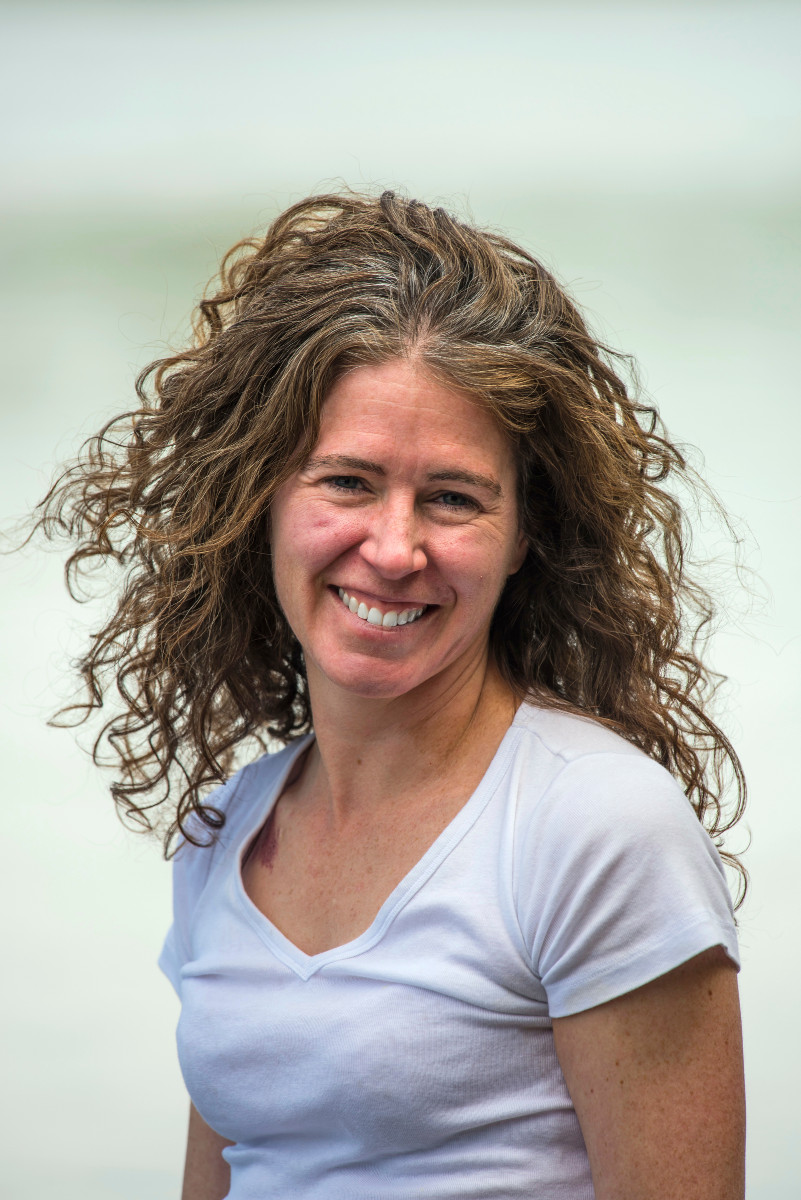Planetary linchpins: What rivers can tell us about climate change
Adrianna MacPherson - 15 July 2025
Rivers offer a unique lens through which we can view the health of our planet and better understand natural processes taking place both on land and in the ocean. Acting as proverbial canaries in the coal mine, they can shed light on environmental trends related to climate change — and research on Arctic rivers led by Suzanne Tank has identified some potentially concerning findings.
“We’ve been able to use these large river systems to diagnose really profound changes in the Arctic. It’s become clear that there’s a lot of different things going on, but that changing climate is this master variable causing individual effects,” says Tank, associate professor in the Department of Biological Sciences and Tier 1 Canada Research Chair in Land-Ocean Biogeochemistry.
Earlier this year, Tank was named Canada’s 2025 national champion in the prestigious Frontiers Planet Prize competition for research done alongside her collaborators from the Arctic Great Rivers Observatory (ArcticGRO). The competition aims to highlight “transformational research that shows the greatest potential to address the world’s most urgent environmental challenges.”
“To have the work and the project recognized in this way just feels incredibly rewarding,” says Tank. “I also very much acknowledge that I stand on the shoulders of others. This is an award for the project team as much as it’s an award for me.”
The Arctic plays a key role in our planet’s health due to the large swaths of boreal forest and massive expanses of permafrost in the region, Tank explains. ArcticGRO was established in 2002 to monitor six major Arctic rivers — the Lena, Yenisey, Ob’, Mackenzie, Yukon and Kolyma — which collectively make up two-thirds of the Arctic Ocean watershed.
“The Arctic watershed is comprised of a series of large rivers that transport huge quantities of water and water-borne materials from land to ocean. Taking measurements at the outflows of these rivers provides a chemical fingerprint of processes and changes that are happening over vast spatial scales” says Tank, who joined the ArcticGRO team as a postdoctoral fellow in 2009 and has been working with the project for 16 years.
For the study lauded by the Frontiers Prize, published in Nature Geoscience, Tank and her colleagues focused on three key measures in Arctic rivers: dissolved organic carbon, alkalinity and nitrate, all of which hold clues to what’s going on in the environment.
They found that the total amount of nitrate in these rivers dropped by 32 per cent, while the amount of alkalinity increased by 18 per cent. Though they saw no overall change in dissolved organic carbon, that’s likely because of competing processes taking place — thawing permafrost can increase the amount of carbon in rivers, but warmer temperatures can trigger microbes to break down more organic matter, decreasing the carbon in the same rivers.
The findings indicate that paying attention to what’s happening in these large rivers — termed “planetary linchpins” by the researchers — and better understanding how carbon is stored and released in the Arctic may be essential for future efforts to mitigate climate change.
ArcticGRO has collected a sizable archive of water samples and data for further analysis, which will enable the team to draw on techniques that weren’t available 20 years ago and delve into more complex questions that have developed over the project’s lifespan.
“When we’re thinking about Earth system change, having these long data sets is critical. We can’t understand how Earth is functioning without them,” says Tank.
Meanwhile, Tank is forging ahead with her research. She is a co-author of a paper published earlier this month in Nature in which researchers examined the “age” of carbon in rivers to better understand the processes of how rivers release carbon dioxide and methane into the air. They found that over half the carbon in the rivers originated from ancient rocks and sediment, not newer sources as scientists previously believed — which means we may have to rethink how we track carbon in the environment.
“Faced with immense threats to people and the planet, we need bold, transformative solutions, rooted in evidence and validated by science,” says Jean-Claude Burgelman, director of the Frontiers Planet Prize. “Innovative yet scalable solutions are the only way for us to ensure healthy lives on a healthy planet.”
